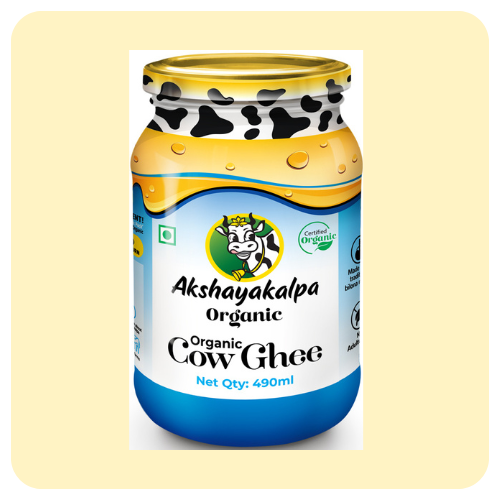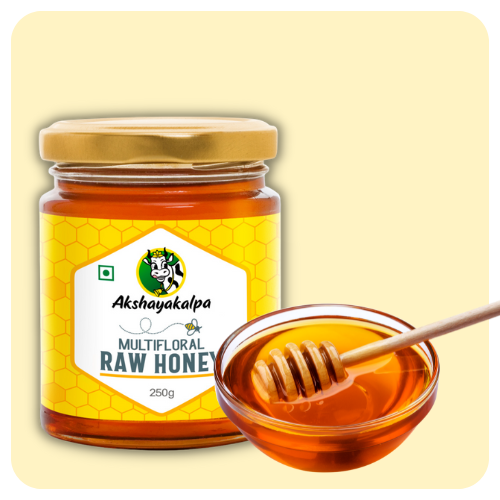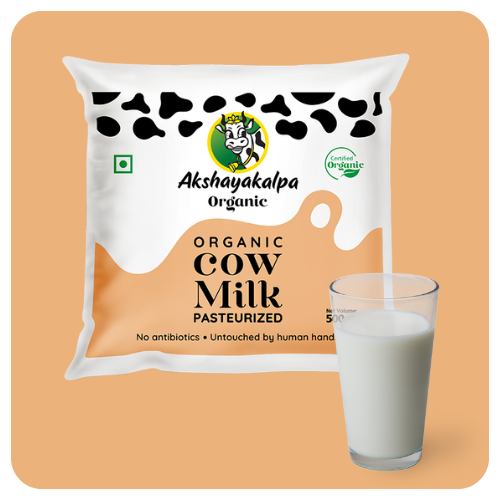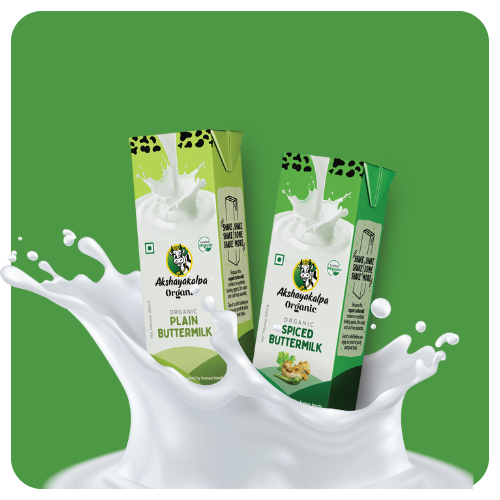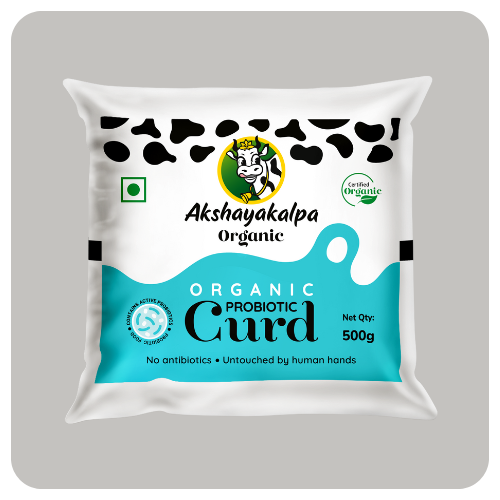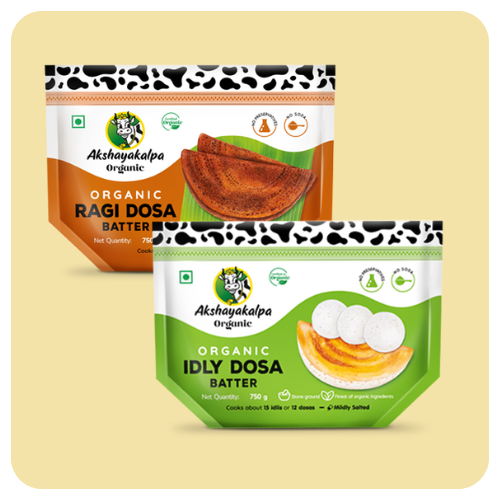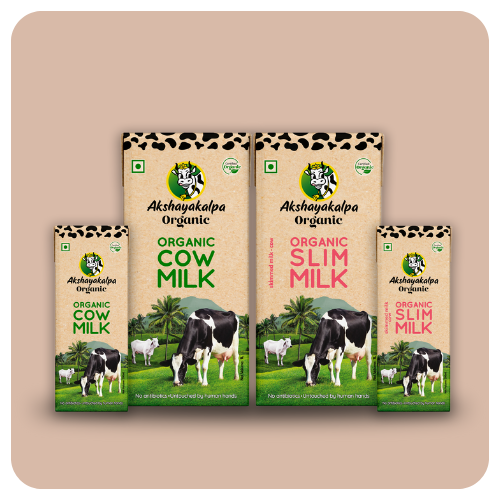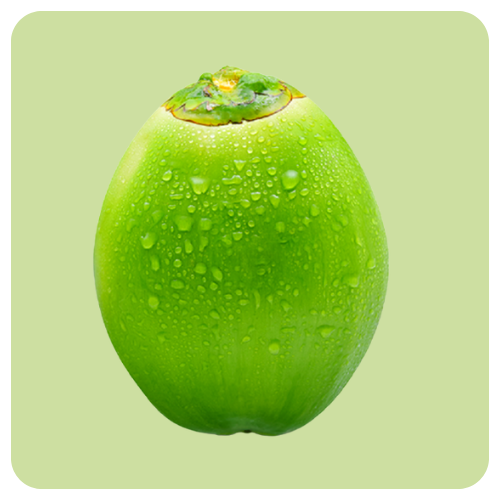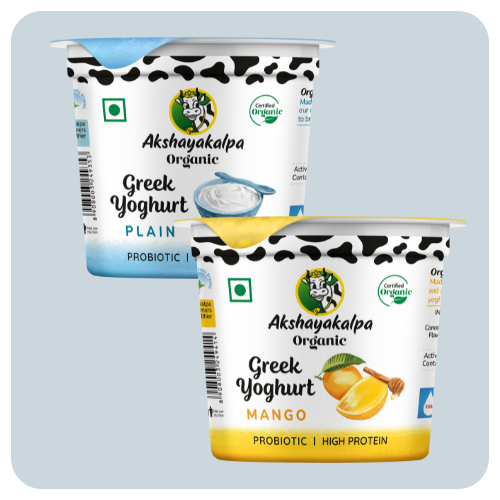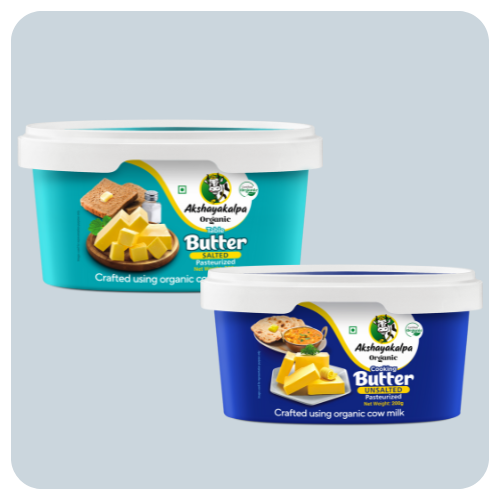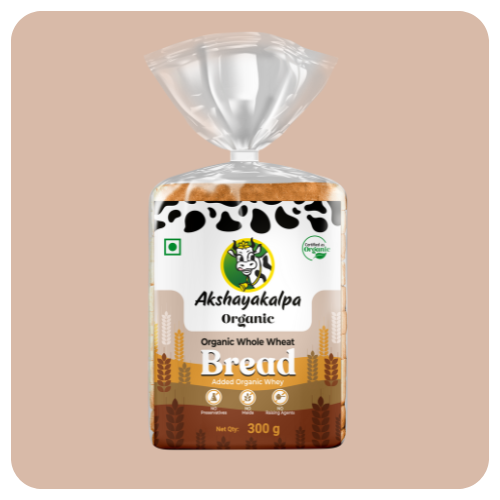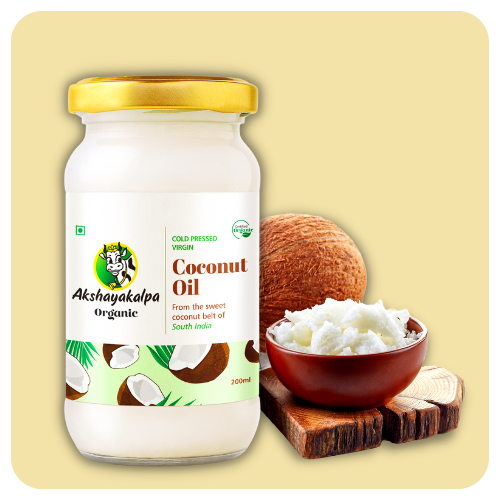Enjoy your curd and eat it too – The goodness of probiotic curd!
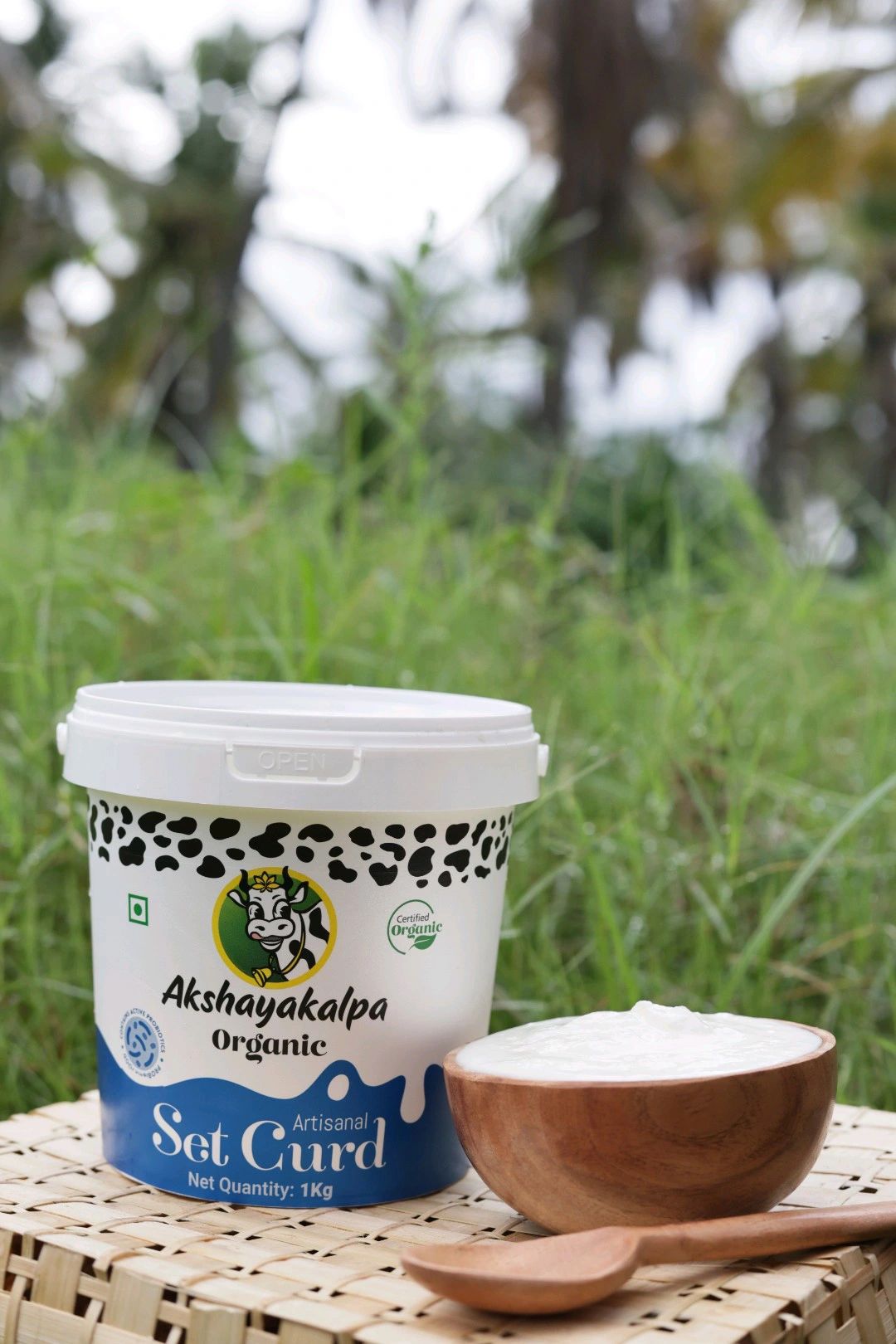
Curd has been a part of human diets for centuries and is popular across the world in various forms even today. This delectable delight owes its existence to the magical action of bacteria that play a pivotal role in the fermentation process that transforms milk into the creamy, tangy, and probiotic-rich curd we all love.
Before we dive into the role of bacteria, let’s understand the basics of curd formation. Curd is essentially coagulated milk, where proteins undergo a process called denaturation and coagulation. This transformation occurs under the influence of specific strains of beneficial bacteria.
When milk is exposed to the right conditions, these bacteria start fermenting lactose, the natural sugar present in milk. During fermentation, the bacteria convert lactose into lactic acid through a process called lactic acid fermentation. The increased acidity causes the milk proteins (casein) to denature. The casein molecules unfold and reassemble into a three-dimensional network, trapping the water and fat molecules. This network of protein strands forms a curd-like structure, giving curd its characteristic texture.
The formation of the protein network causes the expulsion of whey, the liquid portion of milk. Whey contains water, lactose, and some minerals. As the whey is expelled, it leaves behind the curd mass.
Aside from its delightful taste and texture, curd is renowned for its probiotic properties. During fermentation, lactic acid bacteria produce various bioactive compounds, including vitamins and antimicrobial substances. The presence of these beneficial bacteria in curd aids in gut health by promoting a healthy balance of gut flora.
Curd is a rich source of essential nutrients like protein, calcium, and vitamin B12. The fermentation process enhances the bioavailability of these nutrients, making them more easily absorbed by the body.
Traditional curd is often made using homemade culture or a small quantity of a previous batch of curd as a starter. This method allows for the natural inoculation of the milk with a diverse range of bacteria. As a result, traditional curd tends to have a more complex and diverse microbial community, which contributes to its unique flavour and probiotic benefits.
In contrast, commercially-produced conventional curd is often produced using specific strains of lactic acid bacteria, providing consistency and standardization. However, the microbial diversity in commercial curd may be less than that in traditional curd.
The role of bacteria in curd formation is nothing short of fascinating. These tiny microorganisms work their magic on milk, transforming it into a delectable and nutritious dairy product loved by millions. Apart from providing a delightful taste and texture, curd offers numerous health benefits, including probiotics and enhanced nutrient availability.
Powered by probiotics, Akshayakalpa Organic range of Curd is free from all the negatives of a conventional marketplace curd and is instead loaded with positives such as beneficial bacteria for great gut health and micronutrients such as potassium, riboflavin, vitamins B-6 and B-12, zinc, and magnesium. With authentic home-made taste and texture, Akshayakalpa Organic range of curds also brings with it the wide spectrum of benefits that have endeared curd to us all. Now with doorstep delivery of fresh, organic curd, you can skip the hassles of setting the curd every day.
Next time you savour a spoonful of curd, take a moment to appreciate the wonder of bacteria and their significant role in curd formation. Embrace this probiotic-rich goodness as a delicious addition to your diet, promoting a happy and healthy gut for a wholesome life.
